Climate change, I believe people are familiar with this word, although some of them may not believe it, it is the truth that is happening right now.
Since the Industrial Revolution, a large amount of CO2 has been released into the atmosphere due to the burning of fossil fuel. Human has obtained great development from Industrial Revolution and we are living a better life. However, the increasing concentration of CO2 in the atmosphere is warming our planet! We already know that the high temperature, extreme weather and sea level rise are the horrible consequences of climate change, but what about the impacts on plants?
Plants are the major terrestrial carbon sink. They absorb CO2 and water as raw materials, use sunlight as the energy source, release O2 and store sugars in organs as products, which support the plant growth and fix carbon in the wood and leaves. This process happens in the tiny chloroplast inside the cells of leaves and is called photosynthesis, which is a crucial chemical reaction on the earth, as oxygen is essential to human life.
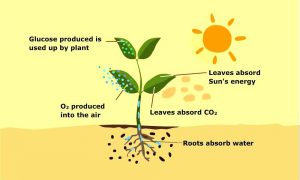
The process of Photosynthesis. (Patrickodonkor, 2017)
It seems that the increasing atmospheric concentration of CO2 provides the plants more CO2 input. Will it stimulate the photosynthesis process of plants? Probably. Some studies show that plants increase the photosynthesis rate in the elevated CO2 concentration, and especially, more evidence is found for the C3 plants (plants grow in the cool, wet climate) (Kirschbaum, 2004).
Although the plants may be happy with taking in more carbon for their growth and development, the Rubisco, which is the most abundant protein playing a role in the photosynthesis, seems unhappy with the elevated CO2. The activity of Rubisco decreases, and the Rubisco content shows a 20% drop in the elevated CO2 condition (Long et al., 2004). Such change is the acclimation of plants to the changing environmental condition, and the elevated CO2 decreases the photosynthesis capacity in long term.
However, even with the acclimation of photosynthesis capability, significant enhancement of carbon uptake has been found in the Free-Air Carbon dioxide Enrichment (FACE) studies of plants grow in the exposure to the CO2 concentration of estimated mid-century scenario (Leakey et al., 2009). This may be a good news, as the plants absorb more CO2, they can somewhat offset the greenhouse emissions and slow down the climate change. Moreover, the dry matter production and seed yield of C3 plants also slightly increased, although it is not as significant as the increase of carbon uptake (Long et al., 2004).
Another general finding of plant’s response to elevated CO2 is the increasing nitrogen use efficiency of photosynthesis. As the Rubisco decreases, less nitrogen is needed and the C: N ratio increases (Drake, Gonzàlez-Meler and Long, 1997). That is to say, the elevated CO2 reduce the nitrogen content in plant tissue and thus fewer nutrients are provided by the plants (Cotrufo, Ineson and Scott, 1998). People have to consume more food than before to obtain the same amount of nutrients!
Can you accept this trade off?
[493 words]
Reference
- Cotrufo, M., Ineson, P. and Scott, A. (1998). Elevated CO2 reduces the nitrogen concentration of plant tissues. Global Change Biology, 4(1), pp.43-54.
- Drake, B., Gonzàlez-Meler, M. and Long, S. (1997). MORE EFFICIENT PLANTS: A Consequence of Rising Atmospheric CO2?. Annual Review of Plant Physiology and Plant Molecular Biology, 48(1), pp.609-639.
- Kirschbaum, M. (2004). Direct and Indirect Climate Change Effects on Photosynthesis and Transpiration. Plant Biology, 6(3), pp.242-253.
- Leakey, A., Ainsworth, E., Bernacchi, C., Rogers, A., Long, S. and Ort, D. (2009). Elevated CO2 effects on plant carbon, nitrogen, and water relations: six important lessons from FACE. Journal of Experimental Botany, 60(10), pp.2859-2876.
- Long, S., Ainsworth, E., Rogers, A. and Ort, D. (2004). RISING ATMOSPHERIC CARBON DIOXIDE: Plants FACE the Future. Annual Review of Plant Biology, 55(1), pp.591-628.
- Patrickodonkor, (2017). Process of photosynthesis. [online] YouTube. Available at: https://www.youtube.com/watch?v=krat2mnM1M0 [Accessed 19 Mar. 2017].
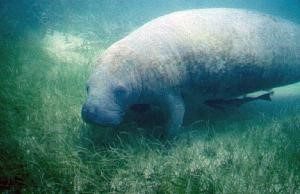
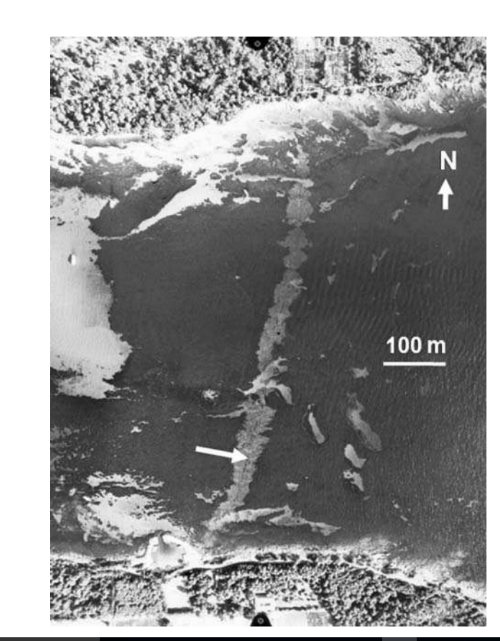
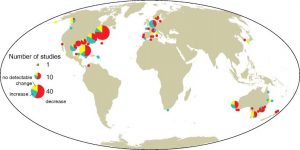
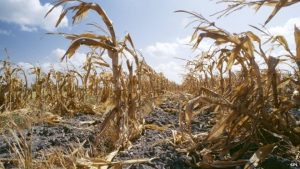

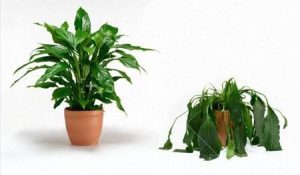
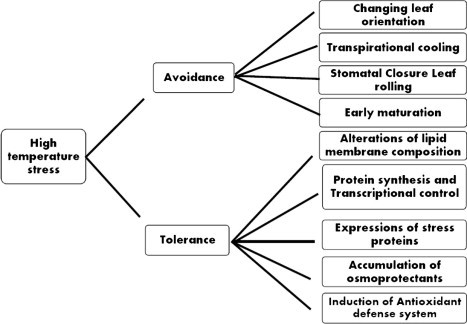
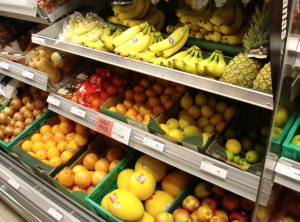
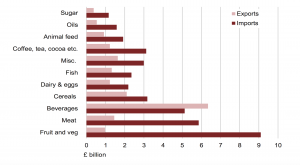
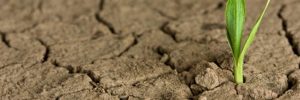
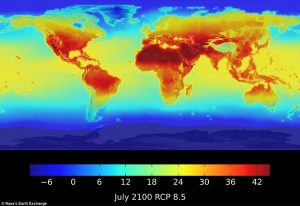
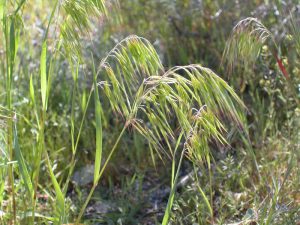
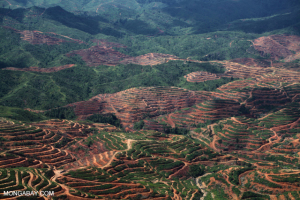
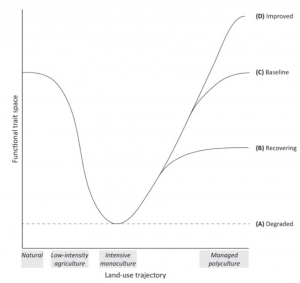
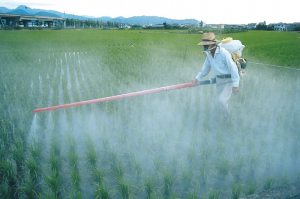
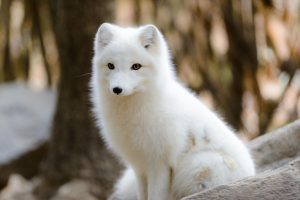
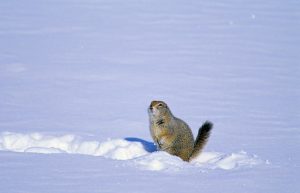
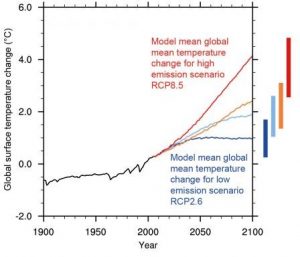

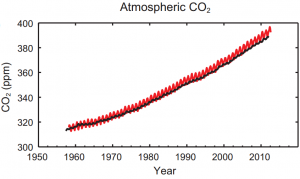
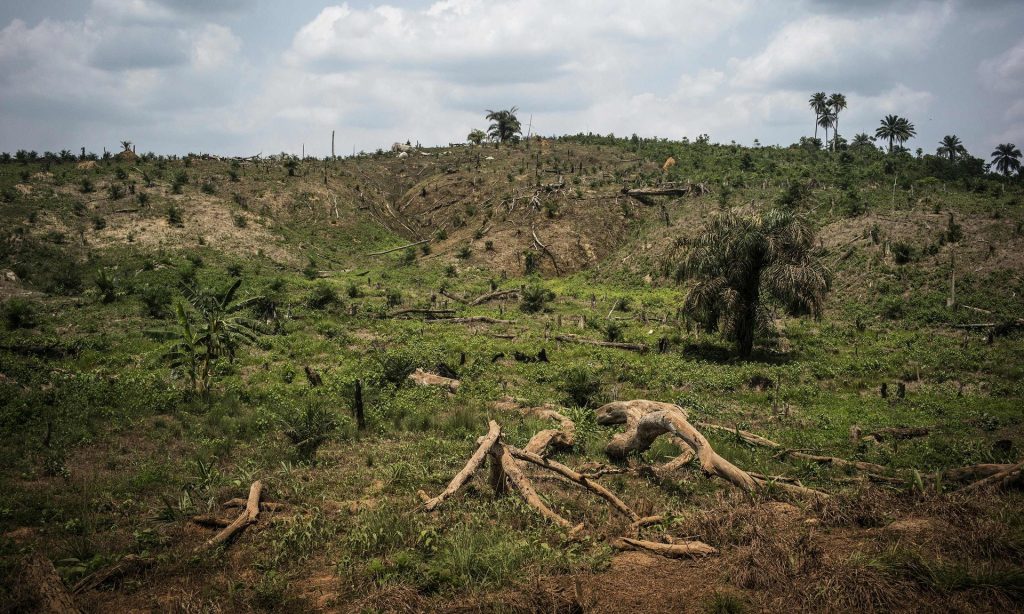

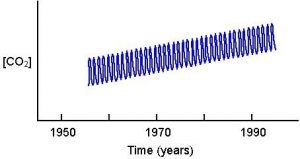
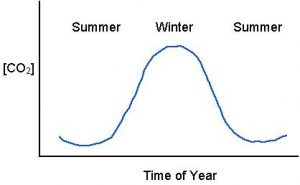
Recent Comments